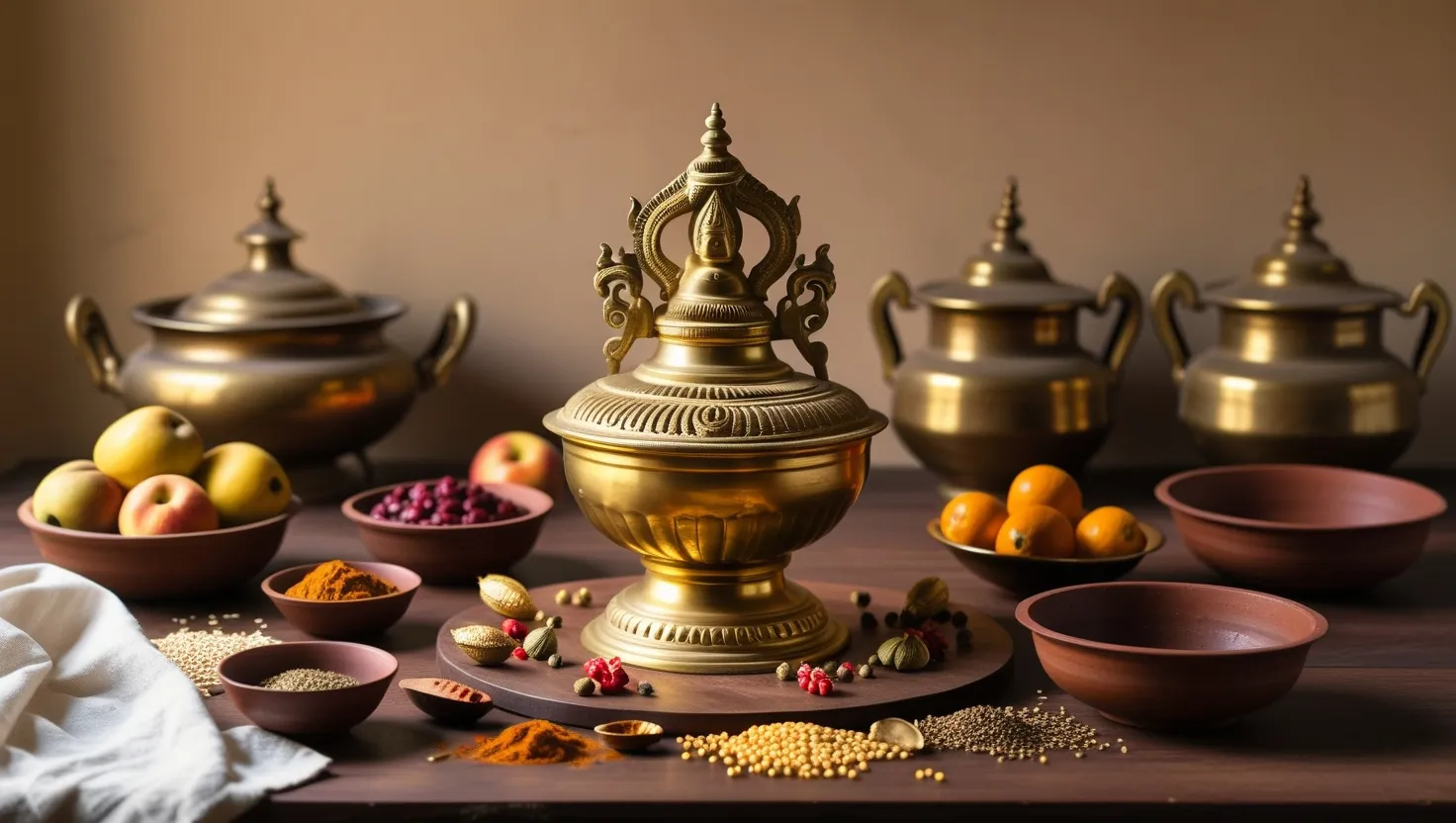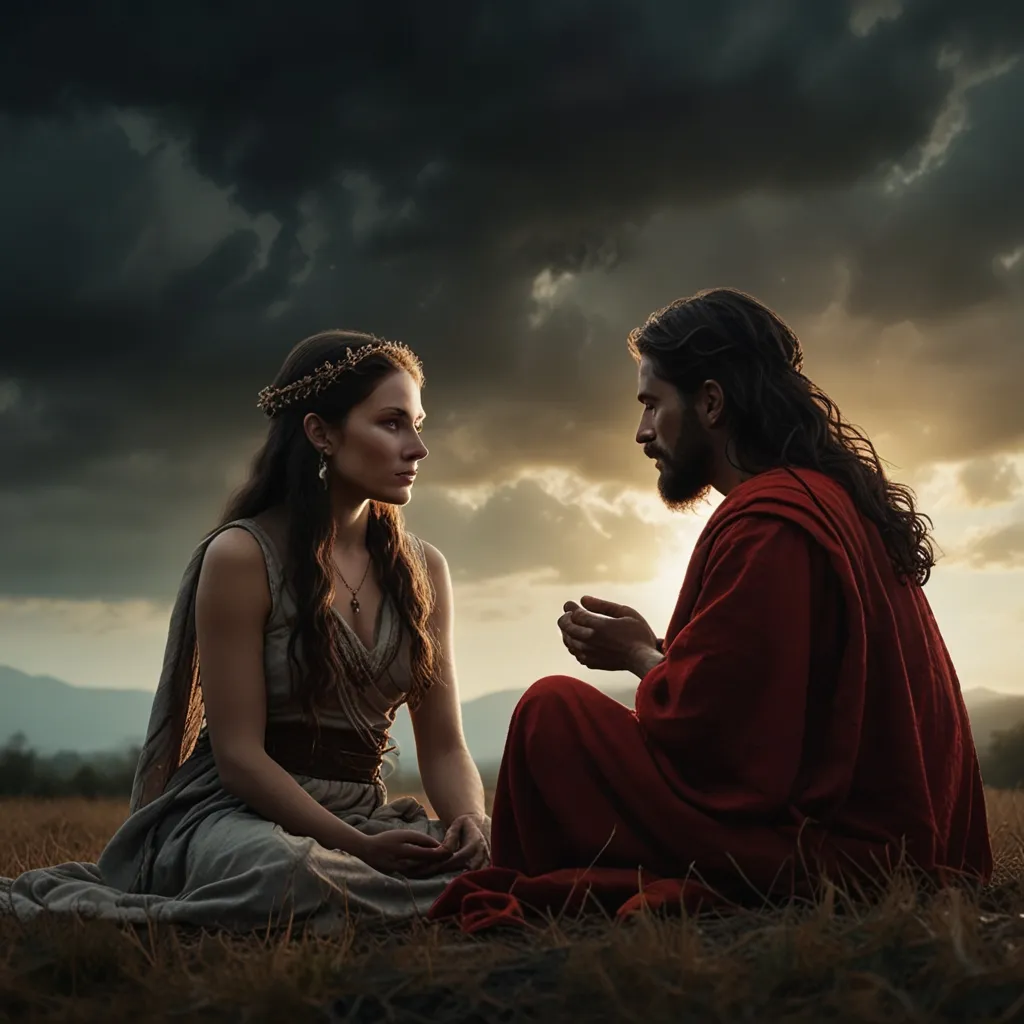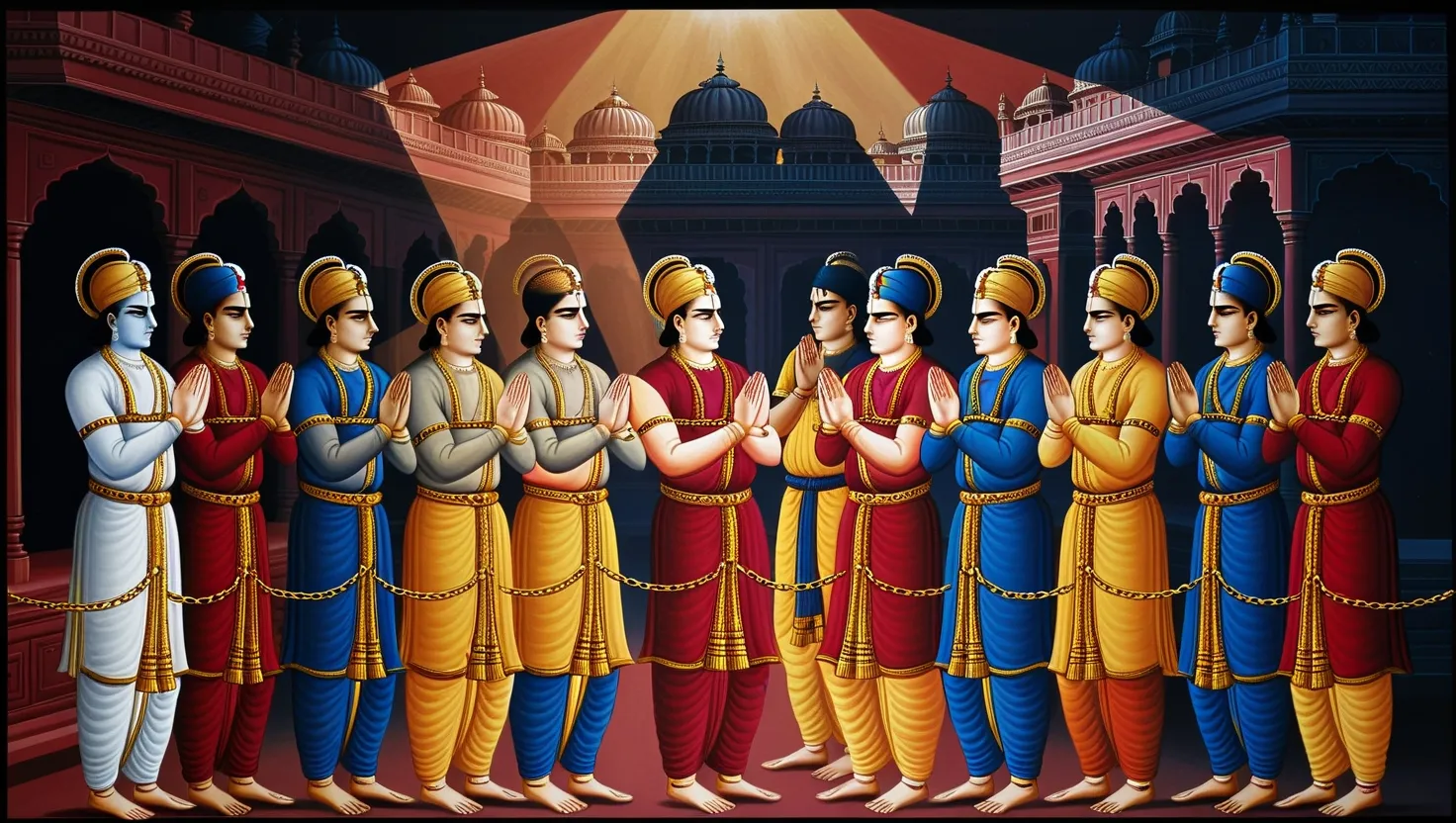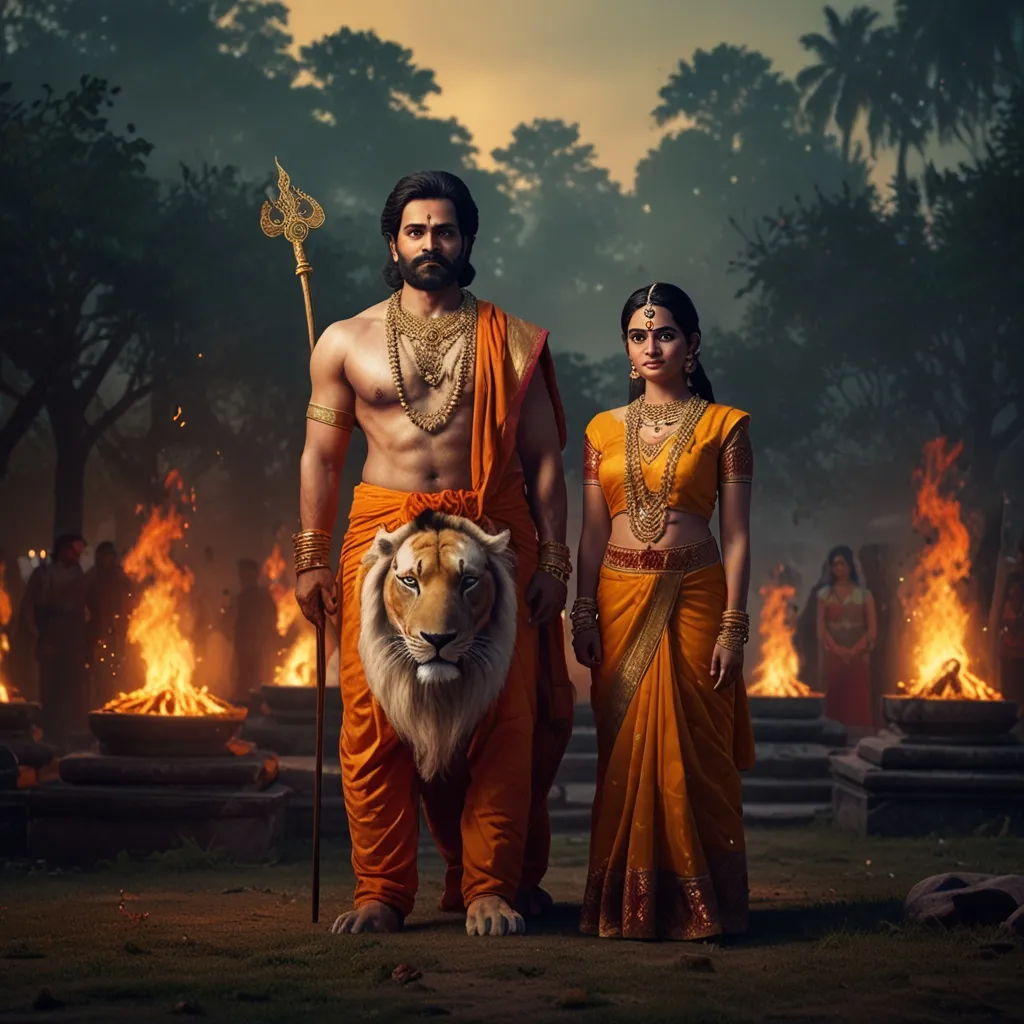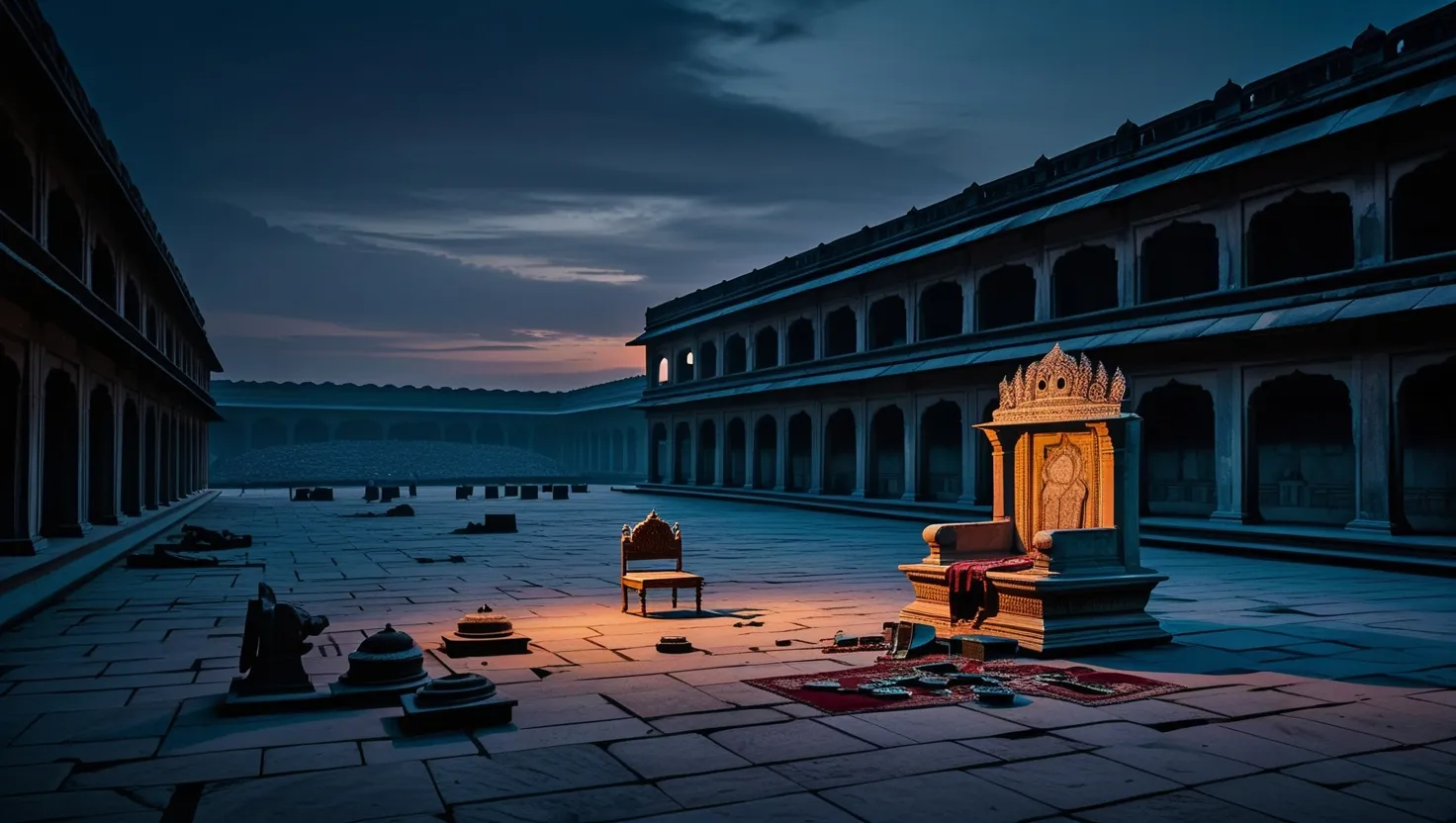The charioteers of the Mahabharata, though often overshadowed by the warriors they served, embody some of the epic’s deepest lessons about humanity, duty, and wisdom. They are the minds guiding the might, the unseen hands shaping history, and their stories reverberate through the complex narrative of the Kurukshetra war.
“Service to others is the rent you pay for your room here on earth,” Muhammad Ali once said. In the Mahabharata, this sentiment finds its ultimate expression in the role of Krishna as Arjuna’s charioteer. Here is a divine entity, capable of wielding unmatched power, willingly choosing a role of service. This act is both humbling and profound. Krishna doesn’t take up arms but instead directs, strategizes, and philosophizes, creating a partnership that turns the tide of war and wisdom alike. How often do we underestimate the impact of those who guide from the shadows?
Consider Shalya’s tale. A warrior of great renown, he finds himself in the unenviable position of becoming Karna’s charioteer. Their dynamic is fascinating. Shalya, though obligated, uses his role not to assist but to subvert, engaging in psychological warfare. His words plant seeds of doubt in Karna, shaking his resolve at critical moments. Isn’t it ironic that words, often seen as less impactful than deeds in battle, can wield such power? It raises an intriguing question: Is loyalty always to be upheld, even at the expense of morality or justice?
While Krishna and Shalya represent extremes of loyalty and manipulation, Daruka, Krishna’s own charioteer, is the epitome of quiet dedication. Rarely in the spotlight, Daruka’s crucial role underscores the value of steadfast support. His skill and focus enable Krishna to fulfill divine plans unencumbered. Is it not a reminder of how often silent enablers are the bedrock of grand achievements? We celebrate leaders, but do we value enough those who free their hands to lead?
In an epic filled with gods, heroes, and kings, it’s easy to overlook the faceless multitude—the countless charioteers who rode into the chaos of Kurukshetra without fanfare or recognition. Their sacrifice speaks to the often-unacknowledged human cost of war. Who were they? What were their thoughts as they navigated their injured horses and mortally wounded warriors? The Mahabharata doesn’t dwell on their stories, but their silence is deafening. Their anonymity reminds us that history’s grand narratives are built on the lives of the many, not just the few. Does this not challenge us to honor the invisible contributors in our stories today?
“Those who stand for nothing fall for anything,” Alexander Hamilton remarked, and it applies vividly to the battlefield of duty that these charioteers traversed. The physical chariot becomes symbolic—a vehicle not only of war but of moral and existential dilemmas. Krishna’s chariot, with Hanuman adorning its flag, represents divine guidance and cosmic orchestration. In contrast, Shalya’s chariot becomes a theater for tension and discord, reflecting the fragmented nature of Karna’s own journey.
If we dive into the symbolism, the chariot itself is a metaphor for life. Krishna’s role as the guide represents higher intellect, the horses are the senses, and the reins symbolize the mind controlling the chaos. It’s a profound representation of how mastery over oneself determines the outcome of one’s battles. This allegory continues to resonate—how well do we control our own chariot?
The Mahabharata leaves us with more questions than answers about these figures. What drove their loyalty or lack thereof? Did they perceive themselves as mere tools, or did they see their role as integral to the drama of dharma and adharma? The stories of Krishna, Shalya, and Daruka touch on these themes, but the faceless charioteers offer a haunting counterpoint. Their silence asks us whether we can ever truly know the motivations of those who support us, challenge us, or merely stand by.
The charioteers of the Mahabharata remind us that being a witness carries its own weight. They were the ones who guided the horses, steadied the warriors, and watched the aftermath of arrows and blades. They were the first to hear the groans of a defeated hero or the cheers of a fleeting victory. Their vantage point captures the battlefield not as a place of glory but as a crucible of human emotion and consequence.
“The ultimate measure of a man is not where he stands in moments of comfort, but where he stands at times of challenge and controversy,” said Martin Luther King Jr. The charioteers of the Mahabharata stand as testament to this truth. They navigated peril, bore witness to epic confrontations, and, in the case of those like Krishna, shaped the moral and philosophical fabric of an entire culture.
It’s striking how the epic uses charioteers to explore power dynamics. Krishna’s choice to serve subverts traditional hierarchies, while Shalya’s defiance from within highlights the impact of dissent. Daruka’s example emphasizes the quiet yet profound influence of dedication. Together, they illustrate the spectrum of influence that can be wielded by those who steer the course of events—literally and figuratively.
As I reflect on these silent witnesses of the Mahabharata, I can’t help but wonder: Who are the charioteers in our lives today? Who supports our journey, even at their own peril or cost? And when the time comes, are we willing to exchange roles, to guide rather than to be guided? These questions linger, much like the dust kicked up by the chariots of Kurukshetra, settling only to reveal the human truths beneath.

